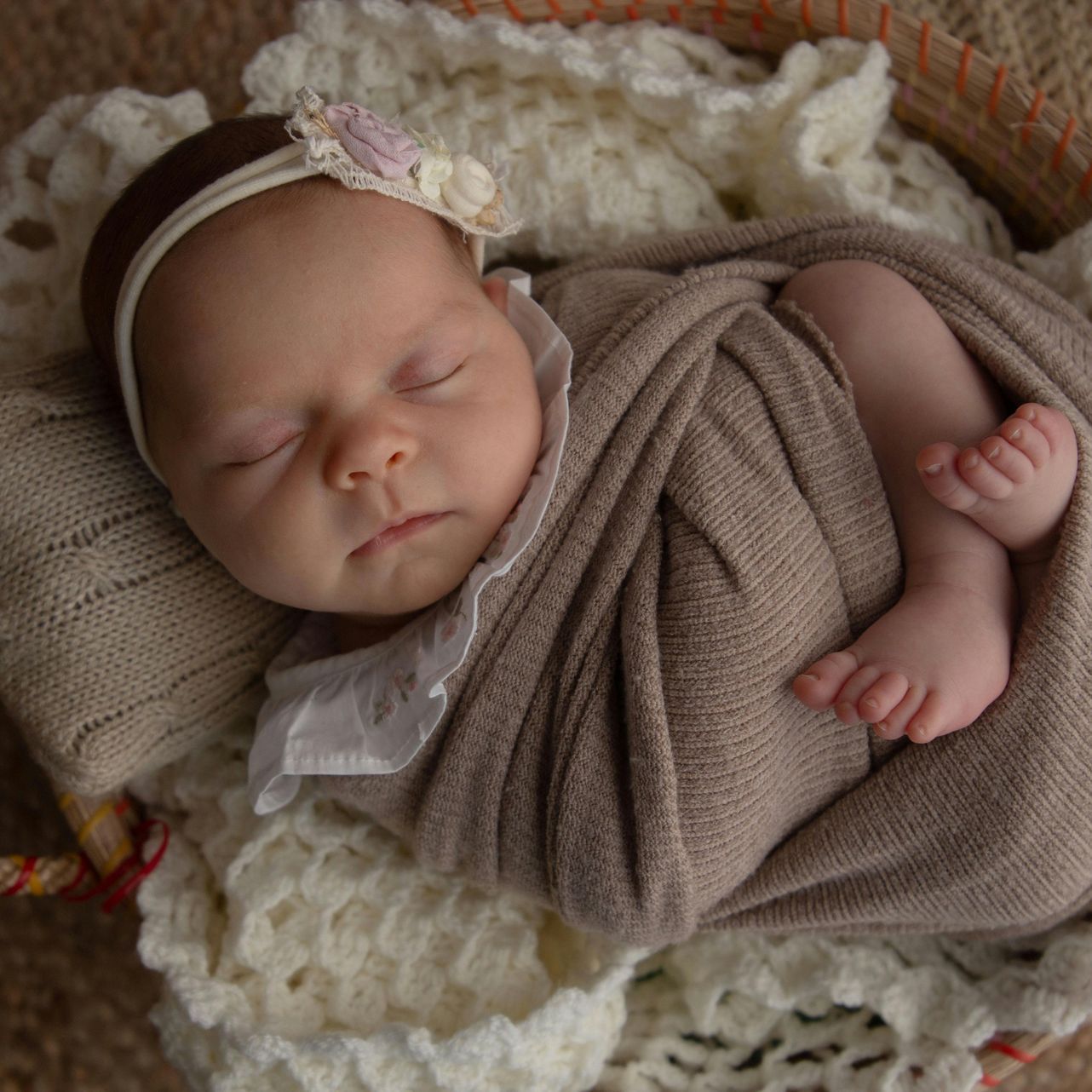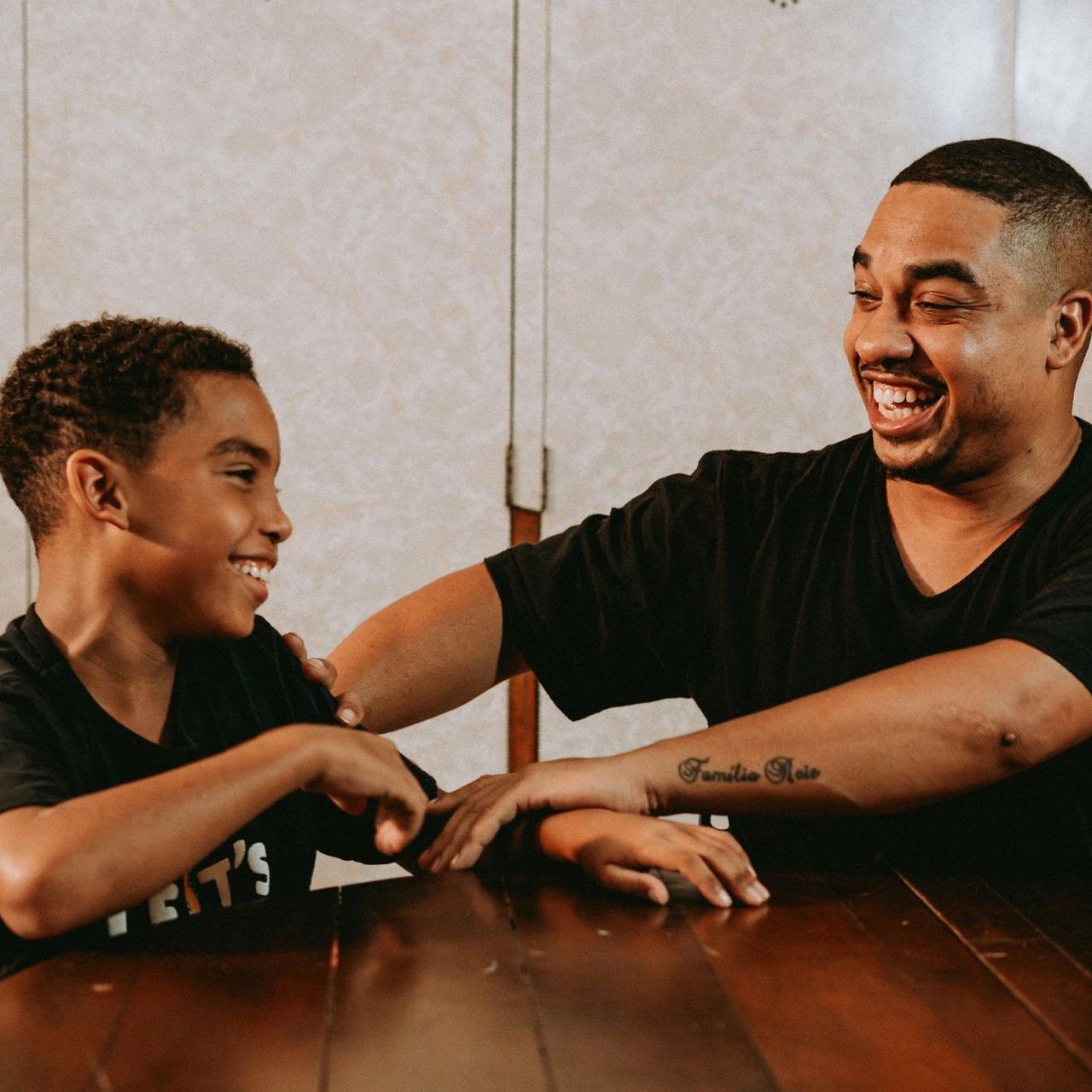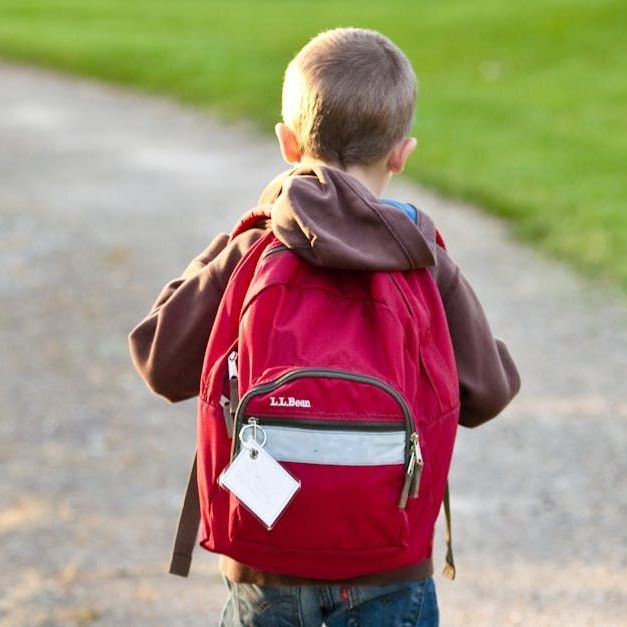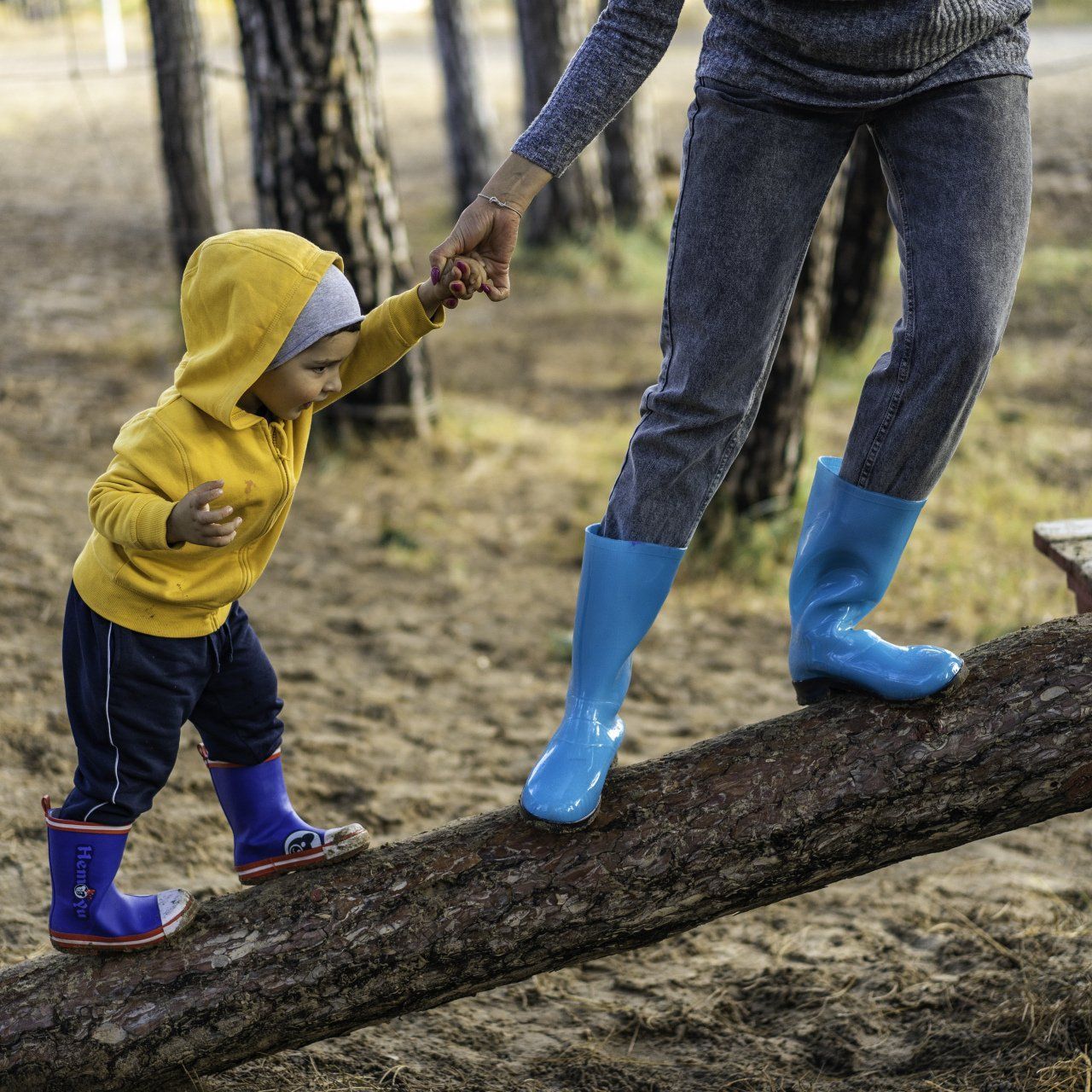How To Dress Your Baby For Cold Weather
November 20, 2019

Winter is just around the corner, and the temperature has already started to drop. The mittens and scarves are coming out, and merriment is in the air.
However, if you are the parent of a beautiful baby boy or girl, there is probably something else on your mind besides holiday cheer. Especially if you are a first-time parent.
How to appropriately dress your baby for the coming cold?
Lucky for you, we know more than a few things about babies and how to take care of them. So, keep reading, because below, we'll tell you everything you need to know about keeping your baby cozy, comfortable, and safe from the harsh winter weather.
Babies And Cold
Babies, especially newborns, are not able to naturally regulate their own body's temperature until around 18 months of age. Even then, they are not very good at it.
A baby's skin does not retain heat efficiently, and so they lose body heat more quickly than most people realize. Even a 1-degree drop in temperature can significantly alter their tiny body's metabolism.
To avoid this potentially dangerous heat loss, you have to dress your baby in the appropriate cold-weather clothing.
However, there is more to this than merely piling on thick clothes and making your baby look like a fat baby seal.
For example, before dressing your baby, we advise that you consider what type of activities you are going to be doing that day, since different scenarios may require different outfits. You must also ensure that your baby's body temperature remains as constant as is possible.
Keep in mind that going overboard, making your baby too hot, is entirely counterproductive. You'll end up with a sweaty and grouchy baby.
For this reason, we advise you to monitor your child's core body temperature constantly. That is not to say that you need to carry a thermometer with you. The fastest way to tell if your baby's body temperature is off is to touch the nape of their neck to check if it is cold or hot to the touch.
Their hands and face are other great spots to check. If your baby is too cold, their hands will be cold and clammy. If your baby is too hot, their cheeks will be flushed.
Keeping this information in mind, here are some tips and guidelines for dressing your baby in cold weather.
Tips For Dressing The Baby In Cold Weather
1. Think Practical:
Your baby's clothes should be comfortable to remove since you may need to change your baby on the spot if the temperature rises suddenly. Rompers and Sleepers with lots of snaps or buttons for quick removal in case a diaper change is needed are a great option. Kimono tops with side snaps are another fantastic garment that allows easy removals.
2. Think Layers:
Dressing your baby in various layers means that you can easily adjust their temperature as a result of variations in the environment. Layers allow you to quickly and easily add or remove clothes to warm up a cold baby or cool down a toasty one.
3. Think Natural Fibers:
Natural fibers have a pleasant feel, which is essential for your baby's comfort level. Additionally, they wick moisture off the skin and have high breathability. We recommend organic cotton, wool (as long as your baby is not allergic), hemp, soy-based silk, or cashmere.
4. Think Hats:
Besides making babies look absolutely adorable, hats can protect them from the cold temperatures and frigid wind of winter. All of us lose a considerable amount of heat through our heads. Still, babies are especially susceptible to this phenomenon because they don't typically have a lot of hair to trap the heat. Protect your baby's head from windy drafts and cold temperatures by covering it with a soft hat.
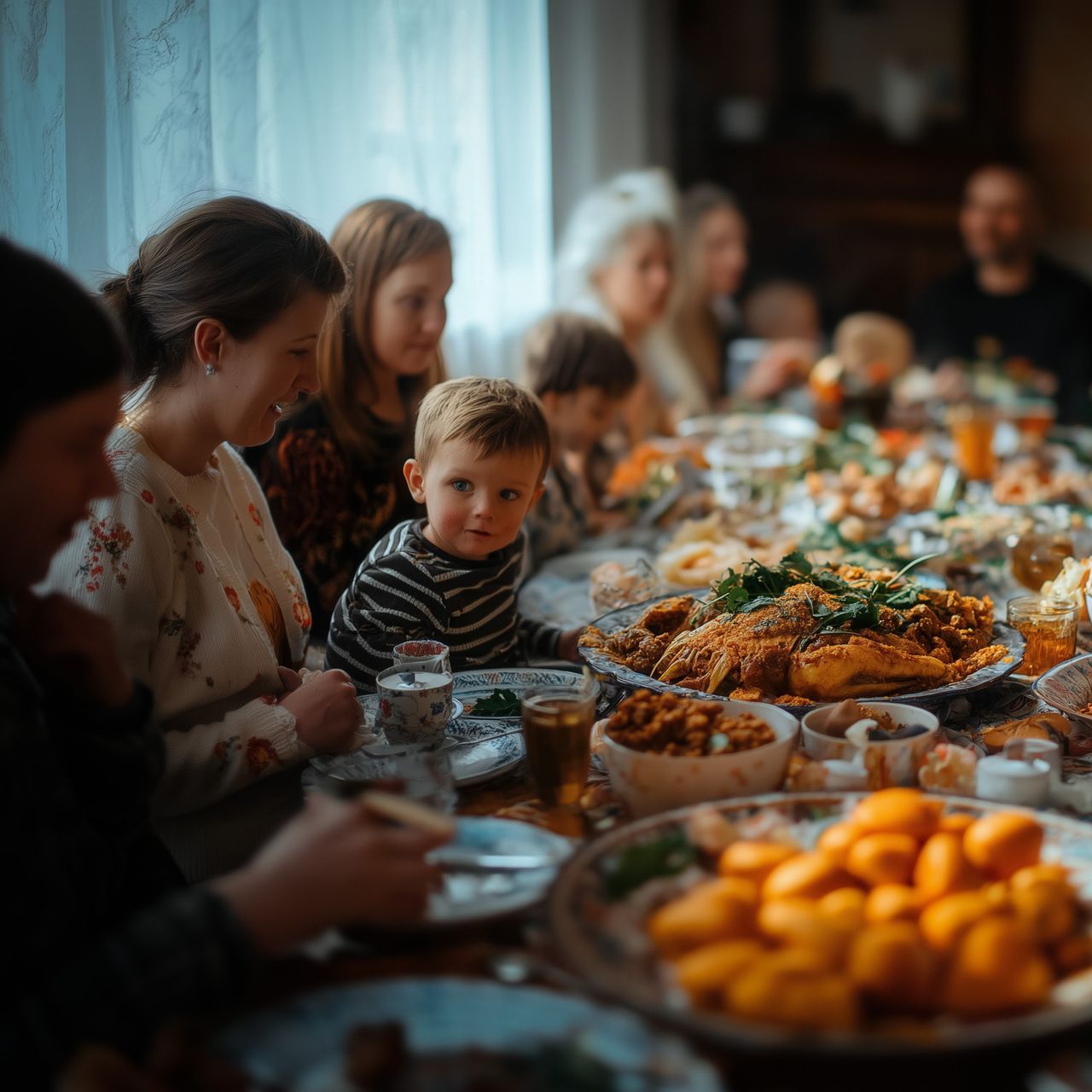
Thanksgiving is a cherished tradition, an opportunity to gather with family and friends to celebrate gratitude for the many blessings in our lives. Whether you're traveling to visit relatives or hosting a festive dinner at home, preparing for Thanksgiving can be a joyful yet daunting task, especially for parents.
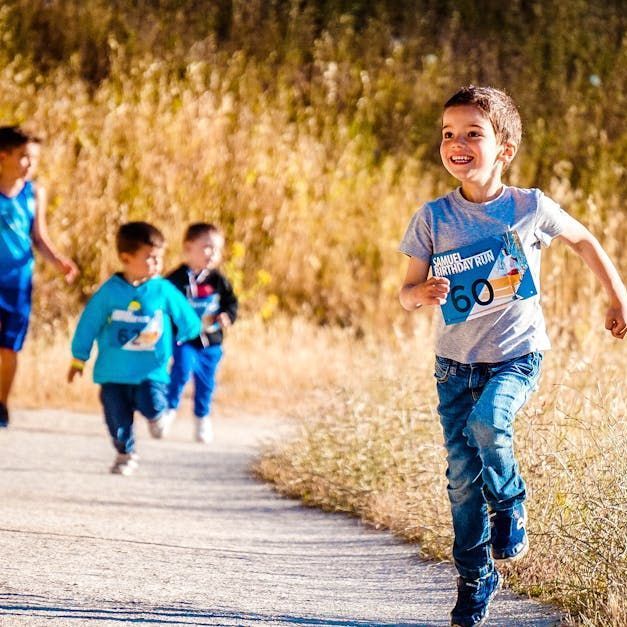
Getting your kids outside more, engaging them in calisthenics, and encouraging them to think about their eating doesn't have to be a chore—for you or for them! By making these activities fun, creative, and interactive, you’re not only helping your children develop healthy habits but also creating memorable family moments.

